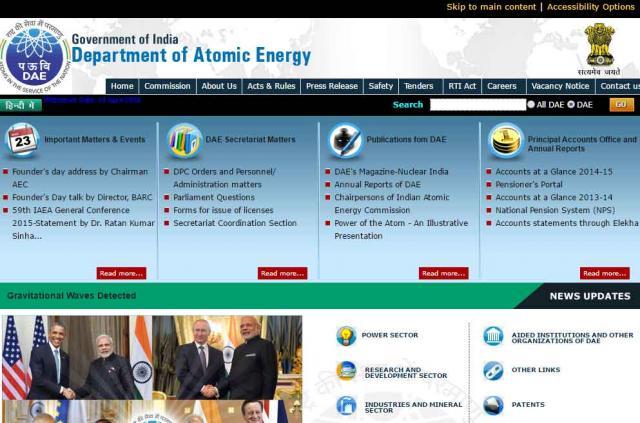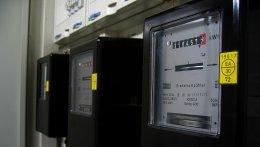In an attempt to reduce India’s import dependence, the central government is setting the stage for the auction of certain atomic minerals by states.
As part of this exercise initiated by the mines ministry, a draft paper titled ‘The Atomic Minerals Concession Rules, 2016’ has been floated to invite comments about allowing the states to auction atomic minerals which have radioactive content below a threshold limit.
As of now, concessions for atomic minerals are awarded by department of atomic energy (DAE) and its related agencies. The threshold value will be specified by the Atomic Minerals Directorate for Exploration and Research, which comes under the DAE.
The Union government can grant the power to auction atomic minerals to state governments under the provisions of the Minerals (Other than Atomic and Hydrocarbons Energy Minerals) Concession Rules, 2016 which was notified on 4 March 2016. While the Mines and Minerals (Development and Regulation) Amendment Act, 2015 (MMDR) was notified last year, the Mineral Concession Rules that would have allowed states to award mining lease through auctions was pending.
“The new set of rules for giving away atomic minerals concessions will be ready in another few months after we receive suggestions and comments from various stakeholders, the last date for which is 24 April,†said mines secretary Balvinder Kumar.
The Bharatiya Janata Party-led government is credited with setting up a template for natural resource allocation in India through coal block auctions which is now being followed for other minerals.
Experts believe that there are huge reserves of minerals, including monazite, ilmenite and rutile, which are still untapped in beach sands of Kerela and Tamil Nadu and are not used for atomic energy production.
“Apart from atomic minerals including uranium and thorium, other minerals with high economic value are available in the country that have not been readily exploited by government companies,†said A. Gopalakrishnan, former chairman of India’s Atomic Energy Regulatory Board.
Monazite is the main rare earth mineral found in India. These rare earth elements are used in modern technological devices such as smartphones, solar panels, wind mills and hybrid car components. As part of its strategy to counter China’s monopoly in rare earth element production, in a first, India also plans to auction one such rare earth deposit in Rajasthan.
The draft rules further state that atomic minerals discovered during mining operations shall be handled and disposed off in accordance with directives issued by DAE and the Atomic Energy Regulatory Board.
For atomic minerals above the threshold value, though DAE will nominate state-owned companies to obtain mining lease, it will be the states which will identify and demarcate mining areas. In case the DAE believes that mining in such identified area is not required to be undertaken by a government company, the state government will be given the mandate to allot those mineral sites as well.







